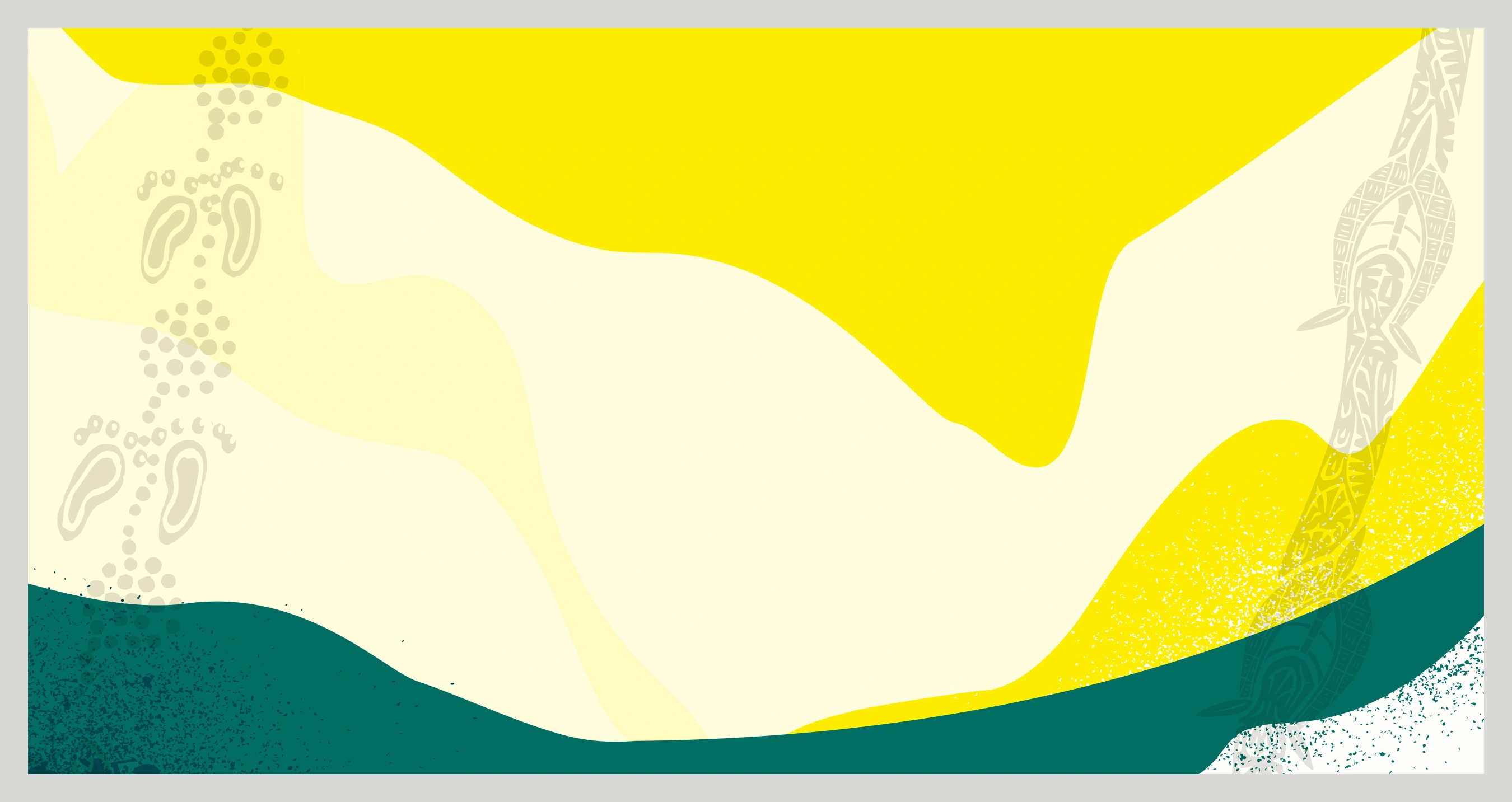While the athletes rightfully garner all the attention at an Olympic Games there is an elite group that goes about their business silently and without fuss. That group is mascots, and it is time they were given their due.
While the athletes rightfully garner all the attention at an Olympic Games there is an elite group that goes about their business silently and without fuss. That group is mascots, and it is time they were given their due.
Here is the part one of a brief history of Winter Olympic mascots, which constitute some of the finest examples of the Olympic spirit that you will ever encounter.

‘Schuss’ the skier. Grenoble, 1968 – The one that started a revolution. The 1968 Games in Grenoble, France was the first time a mascot was selected, albeit an unofficial one. ‘Schuss’ in alpine skiing refers to a downhill run at high speed, and the character’s design certainly matches the name.
Before this little snow-cone on skis came along, the Olympics were all ‘Faster, Higher, Stronger’. With this humble red, white and blue creation, the Games welcomed in a whole new group of supporters who just wanted to turn up and look at something cute.

‘Schneeman’ the snowman. Innsbruck, 1976 – Revolutions do not happen overnight. With the omission of a mascot at the 1972 Sapporo Games, the public would have to wait eight years before opening their hearts once more to a mascot. ‘Schneeman’ (snowman in German) was the first official Olympic Games mascot and was said to represent the 1976 Innsbruck Olympics as the ‘Games of Simplicity’.
But ‘Schneeman’ is evidence that simple can be splendid, donning a fabulous red Tyrolean hat and little else. A huge commercial success, finding its way onto t-shirts, stickers, cushions, keyrings and even glassware, ‘Schneeman’ made a loud arrival, signalling that mascots were here to stay.

‘Roni’ the racoon. Lake Placid, 1980 – Another thing that was clearly here to stay was fantastic wordplay. ‘Roni’ the raccoon became another in a proud line of alliterative ambassadors. The name was selected by Lake Placid school children and comes from the Iroquoian term for ‘racoon’, which was the language of the native people of the region.
A common sight in these parts of America, the racoon was a natural pick as mascot for the Lake Placid Games, and just like any racoon, ‘Roni’ liked to show off. Its outfits were resplendent, no matter the event, and on occasion was seen wearing all the colours of the Olympic rings.
‘Roni’ was joined by many family members in the lead up and duration of the Games, with organisers often calling on some furry friends at the zoo for public or televised appearances. However, there was only one ‘Roni’.

‘Vucko’ the wolf. Sarajevo, 1984 – 1984 saw an edgy turn in mascot history, with the fearsome wolf being confirmed as official mascot of the Sarajevo Games. ‘Vucko’ devoured the competition with a snowball, a mountain goat, a weasel, a lamb and a hedgehog all falling prey to it in a public vote. Curiously too following the vote, no one ever heard from those characters again.
A prominent figure in Yugoslavian fables, the wolf represents bravery and strength and this mascot helped to distance the wolf from its vicious stereotypes. A cartoon hero which regularly appeared in local newspapers prior to the Olympics, ‘Vucko’ was depicted as a jovial and lovable figure and was adored by the public.

‘Hidy’ and ‘Howdy’ the polar bears. Calgary, 1988 – When the Calgary Olympics rolled around in 1988, the organisers encountered a question which plagues many parents around the world – can we show favouritism towards our children? The Olympics resounded with a resounding ‘NO!’ and the first mascot pair were born. ‘Hidy’ and ‘Howdy’ the polar bears were named official mascots and when we look back now, how could you honestly have left one of them out.
This pair were chosen from a contest with almost 7000 entries and represents the great hospitality of the host city. Donning matching western hats and a smile to boot, ‘Hidy’ and ‘Howdy’ were adored by the public and became a part of the city, taking up residence on many ‘Welcome to Calgary’ signs around the city until their gentle removal in 2008. Luckily, thanks to a brief cameo in the renowned bobsled movie Cool Runnings, this pair have been immortalised in pop culture history.

‘Magique’ the imp. Albertville, 1992 – Having sent the initial mascot, a mountain goat named ‘Chamois’, back to the farm, the 1992 Albertville Games looked to the stars for inspiration and they got it. Enter ‘Magique’ – a lively star-shaped imp donning a striking hat. It wore the colours of the French flag and was seen to represent dreams and imagination and all things ‘magique’-al.
And it seems ‘Magique’ needed magical powers because the imp was certainly busy. It not only featured on promotional materials, but was also used in educational resources, appearing in various games and teaching modules.
Nathan Lange
olympics.com.au

